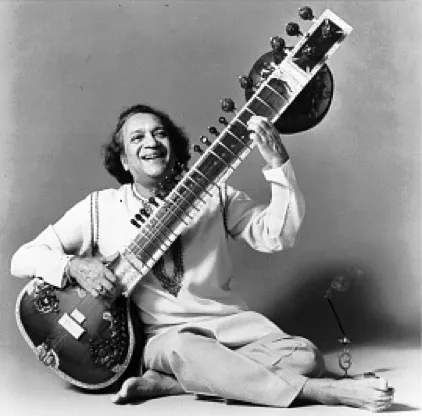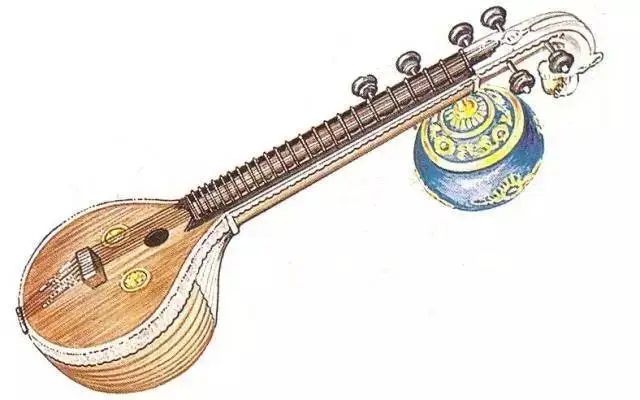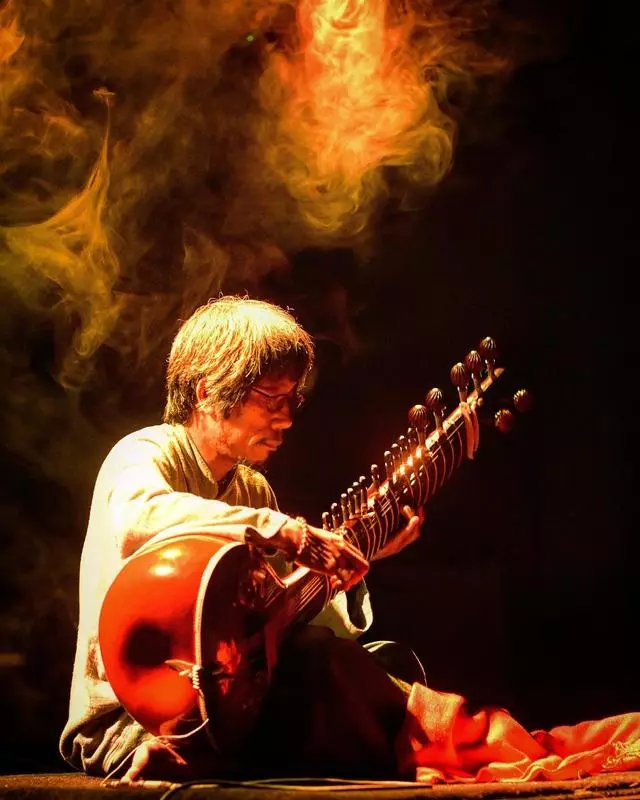Sitar: The soul of Indian classical music
For many people, India is a mysterious country, she is like a curvaceous foreign woman, but covered with a veil, no one can fully read her unpredictable eyes. But there is one instrument that you can instantly feel the true beauty of India just by hearing its sound. It stands for Sitar, a traditional Indian instrument. Sitar is the most representative classical instrument of India. Sitaqin (Hindi: in Hindi; In Bengali: সেতার; Urdu: Yue Anshu; Persian: Raja Anthri; The Sitar, also known as the Sitar, is an Indian long-necked lute, resembling a guitar, used as an instrument in Indian classical music and, since the 1950s, in popular music.

Historical origin
The history of the sitar dates back to the 14th century, although the exact origin of the sitar is unknown, but it is believed that the sitar probably evolved from the Persian Setar, and through the improvement of the South Indian Vina, eventually finalized and widely spread in North India. By the end of the Mughal dynasty in 1700, the sitar had gradually become one of the most important plucked instruments in North India.

Unique structure
Sitar construction is very distinctive, its long neck and complex string design are its signature features. The top of the sitar usually has 7 main strings, which are used to play the melody, while the bottom has 11 continuous resonance strings, which do not need to be played when the main string is played, but can produce a rich resonance effect, making the sitar sound more full and rich. In addition, the sound box of the sitar is usually made of a gourd, which is not only beautiful, but also adds warmth and depth to the tone.

Unique structure
Sitar construction is very distinctive, its long neck and complex string design are its signature features. The top of the sitar usually has 7 main strings, which are used to play the melody, while the bottom has 11 continuous resonance strings, which do not need to be played when the main string is played, but can produce a rich resonance effect, making the sitar sound more full and rich. In addition, the sound box of the sitar is usually made of a gourd, which is not only beautiful, but also adds warmth and depth to the tone.

Sitar # Indian music # Classical instruments # Music science #AI music creation #Songdio
Sitar can be used in Songdio to create music, link:https://songdio.app/zh